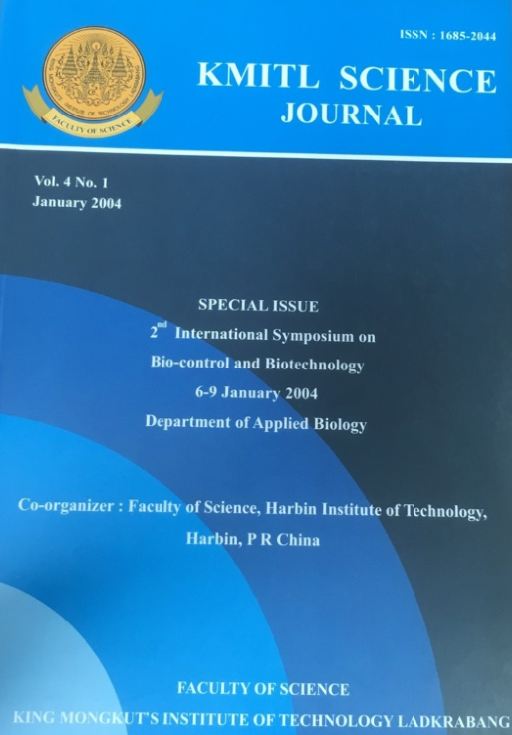Fractal Patterns in Species Distribution of Some Rare British Plants
Main Article Content
Abstract
The analysis, measurement, and management of species abundance are central to ecology and conservation biology, but it has proved difficult to find a single index that adequately reflects the commonness or rarity of species across a range of spatial scales. The spatial distribution and fractal stricture of two rare British plants, Lobelia urens (heath lobelia) and Phyteuma orbiculare (round-headed rampion), have been examined at several different scales. The two species have similar degrees of local patchiness at scales coarser than 50 km and have contrasting coarse-scale between 50 km and 1 km, but differed consistently in the slopes of their scale-occupancy curve distributions at scales finer than 1 km. The slope of the log-log plot of L. urens is not constant, but varies systematically with spatial scale, and from habitat to habitat at the same spatial scale. Abundance estimates suggest that the species P. orbiculare is found to be clumped at all scales, whereas L. urens is dispersed at intermediate scales. Fractal dimension analysis suggests that this changes through scale. The distribution pattern varied from highly clumped to randomly dispersed. Fairly accurate predictions of L. urens can be made from 50 m to 200 m.
Keywords: fractal dimension, conversation issues, conversation schemes
Corresponding author: E-mail: azpa01@hotmail.com
Article Details
Copyright Transfer Statement
The copyright of this article is transferred to Current Applied Science and Technology journal with effect if and when the article is accepted for publication. The copyright transfer covers the exclusive right to reproduce and distribute the article, including reprints, translations, photographic reproductions, electronic form (offline, online) or any other reproductions of similar nature.
The author warrants that this contribution is original and that he/she has full power to make this grant. The author signs for and accepts responsibility for releasing this material on behalf of any and all co-authors.
Here is the link for download: Copyright transfer form.pdf


